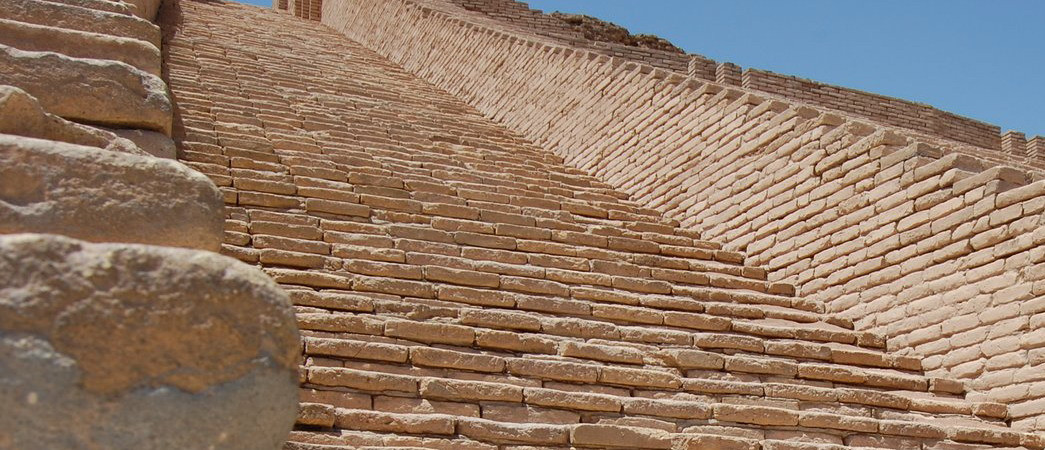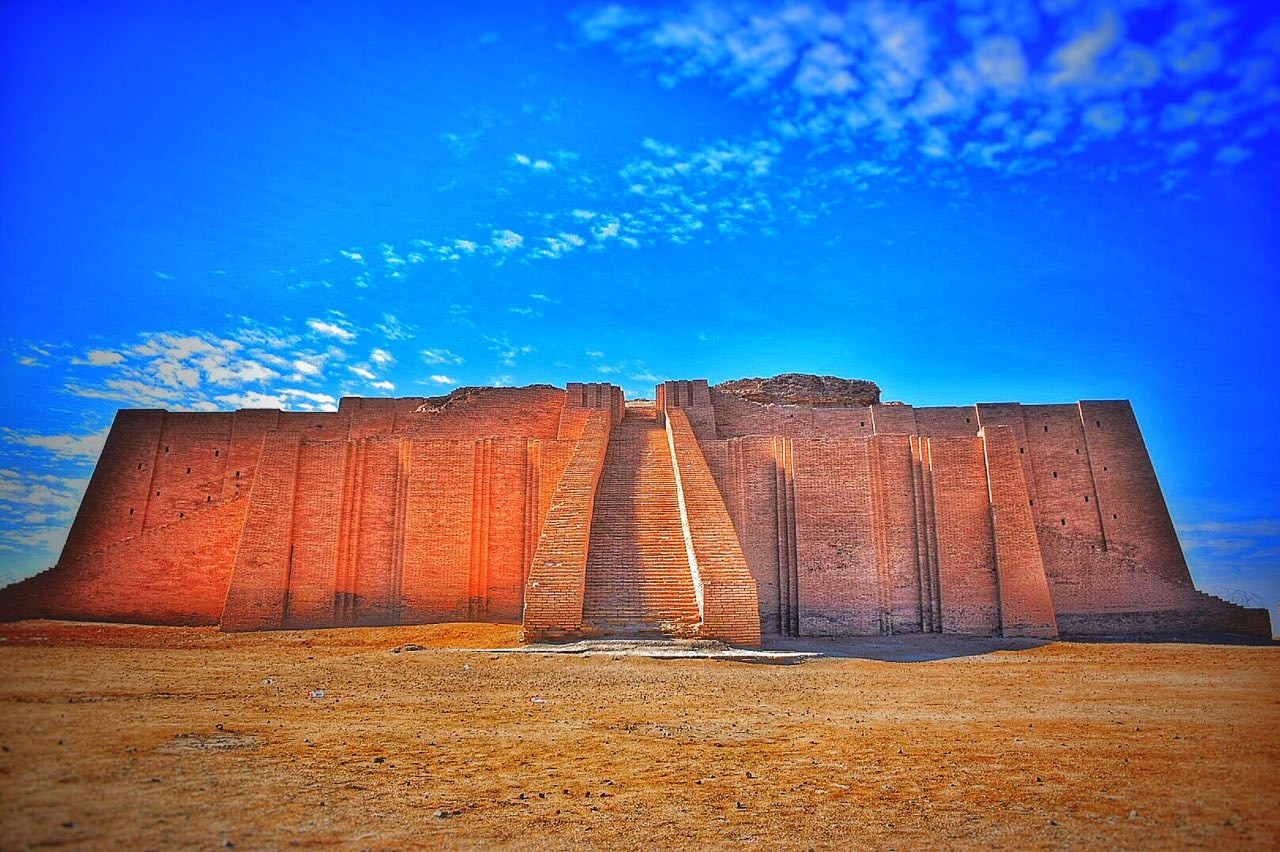The Ziggurat of Ur is one of the most iconic remnants of ancient Mesopotamian civilization. Located near present-day Nasiriyah in Iraq, it was originally built during the early 21st century BC. Built under the rule of King Ur-Nammu of the Third Dynasty of Ur, the ziggurat was dedicated to the Sumerian moon god, symbolizing religious devotion and royal power.
An Architectural Marvel Of Its Time
The ziggurat was a massive stepped structure rising in terraces. It was built from mud bricks and faced with fired bricks for durability. The base was approximately 210 by 150 feet, and the original height may have reached 100 feet. The structure included grand stairways and multiple levels, demonstrating the Sumerians' advanced engineering skills. Each level was painstakingly designed to stand up to the harsh climate and potential floods of southern Mesopotamia.
Purpose And Religious Significance
The Ziggurat of Ur was not a temple where common worshipers gathered but rather a sacred platform supporting a shrine at its summit. Priests alone accessed the upper levels to perform rituals and offerings to Nanna. The towering structure symbolized a bridge between the earth and the heavens, reflecting the Sumerians’ cosmological beliefs and the importance of divine favor in maintaining royal authority.
Rediscovery In The Modern Era
For centuries, the ziggurat lay buried under layers of sand and debris. It was rediscovered in the mid-19th century by British archaeologist William Loftus. Major excavations were carried out in the 1920s and 1930s under Sir Leonard Woolley, whose team unearthed not only the ziggurat but also extensive residential quarters, temples, and royal tombs. Woolley’s findings were a profound insight into Sumerian culture and daily life.
Restoration Efforts In The 20th Century
In the 1980s, partial restoration of the Ziggurat of Ur was done by Saddam Hussein’s government. Some of the ancient brickwork was reconstructed, particularly the monumental stairways. While the efforts helped stabilize the site and improve its visibility, some archaeologists criticized the restorations for potentially compromising the authenticity of the original construction techniques and materials.
 Duane Wilkins, Wikimedia Commons
Duane Wilkins, Wikimedia Commons
Surviving Conflict And Environmental Threats
Despite its age, the Ziggurat of Ur has remarkably survived regional conflicts, including the Iran-Iraq War, the Gulf War, and the 2003 Iraq invasion. However, it remains vulnerable to environmental threats like erosion, wind damage, and rising groundwater levels, which threaten to undermine its ancient brick foundations. Preservation is a constant challenge for Iraqi authorities and international archaeologists.
Current Research Efforts
In recent years, archaeologists have resumed work at Ur, focusing on non-invasive research methods like ground-penetrating radar and digital mapping. These technologies let researchers study the underlying structures and surrounding urban landscape without disturbing the fragile ruins. The goal is to reconstruct the urban layout of ancient Ur so we can better understand Sumerian city planning and society.
 user:wikiwikiyarou, Wikimedia Commons
user:wikiwikiyarou, Wikimedia Commons
International Collaboration And Preservation
The Ziggurat of Ur has attracted global interest, leading to partnerships between Iraqi scholars and international organizations. UNESCO and various foreign universities support preservation projects, technical expertise and funding. The aim is to preserve the ziggurat and also promote cultural tourism and education about Iraq’s rich archaeological heritage.
Symbol Of A Civilization
The Ziggurat of Ur is a monument of one of humanity’s earliest civilizations. Through millennia of natural and human upheaval this sturdy structure has preserved the legacy of the ancient Sumerians. As research continues, the ziggurat will reveal further insights into the dawn of organized human society.
You May Also Like:
The Seven Wonders Of The Ancient World
How Were The Great Pyramids Built? One Convincing Theory








